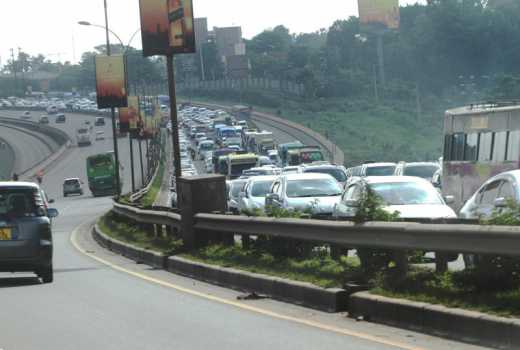×
The Standard e-Paper
Smart Minds Choose Us

Political interests and poor policies have been blamed for the death of pedestrians on Nairobi roads. Due to vested interests, road tenders end up being given to contractors who are not up to task.
A new report that looks at the politics of road safety and how they can be resolved says vested interests in the road sector is one of the causes of deaths on Kenyan roads.